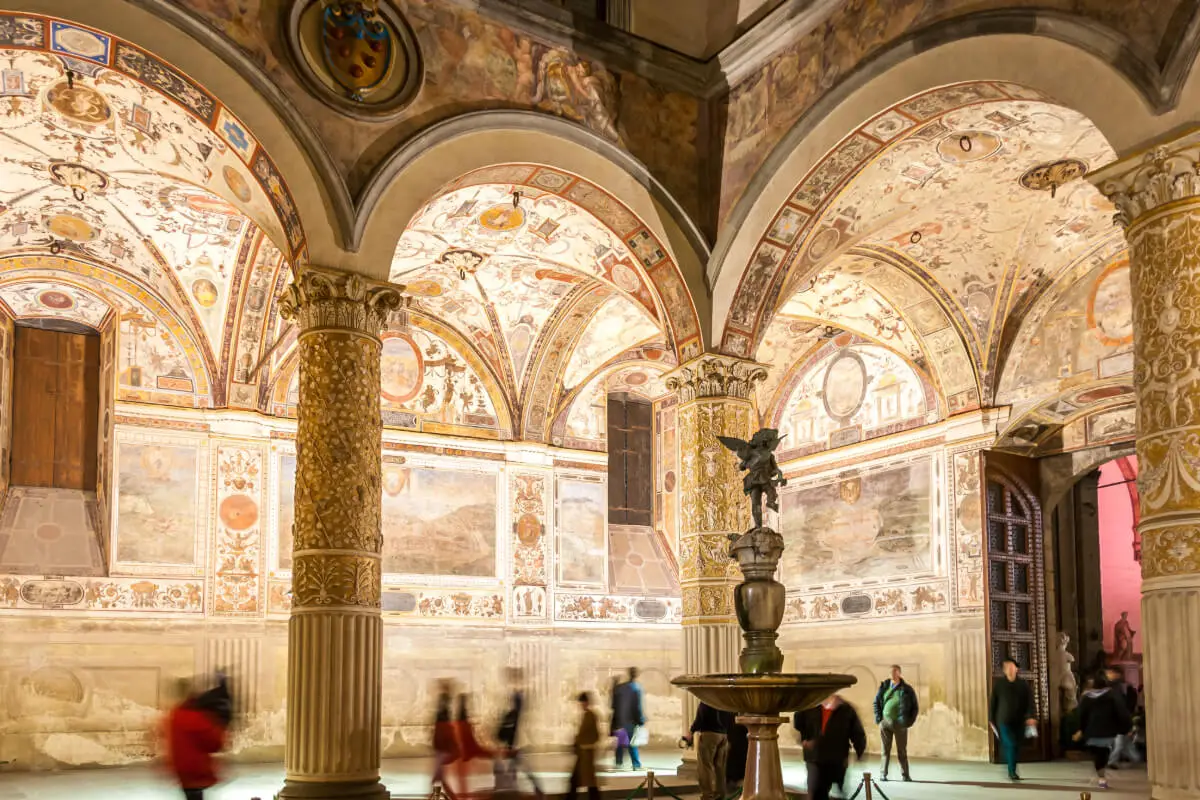The Renaissance, a period of profound transformation in Europe, marked a departure from the medieval past into the modern age, particularly in art. This era, characterized by a rebirth of classical antiquity alongside revolutionary societal shifts, brought about a newfound emphasis on humanism. Humanism, with its focus on the potential and achievements of individuals, played an integral role in redefining art, driving artists to explore human experiences, anatomy, and the natural world with remarkable realism and emotional depth.
Moreover, the Renaissance witnessed groundbreaking innovations in artistic techniques and materials, coupled with the influential patronage system, which fueled an unprecedented flourishing of the arts. As we embark on this exploration of Renaissance art, it’s crucial to recognize how these elements – humanism, innovation, patronage, and symbolic themes – wove together to create a tapestry of artistic evolution that continues to captivate today’s world.
Table of Contents
- Humanism in Renaissance Art
- Innovation in Techniques and Materials
- Patronage and Art
- Related Questions
Humanism in Renaissance Art
The Renaissance, a period flourishing between the 14th and 17th centuries, marked a significant shift in European culture. One of its defining features was the emergence of humanism, a worldview that placed human beings, their capacities, and their achievements at the center of interest. This profound change influenced almost every aspect of society, including art. Renaissance art, renowned for its groundbreaking styles and subjects, was deeply interwoven with humanist ideals. This article delves into how humanism molded the subjects and styles of Renaissance art, heralding a new age of enlightenment in artistic expression.
Humanism: The Heartbeat of Renaissance Art
At the core of the Renaissance was humanism, derived from the Latin word ‘humanitas’. It was an intellectual movement that rediscovered the classical thoughts of ancient Greece and Rome, emphasizing the study of the humanities—literature, philosophy, history, and art. Humanists believed in the potential for human achievement and the importance of individual expression. This belief system was revolutionary. It contrasted sharply with the medieval period’s focus on religious themes, where art primarily served to convey Christian doctrine.
The Influence on Subjects
Humanism’s impact on the subjects of Renaissance art was profound and multi-faceted. Artists began to explore themes beyond the strictly religious narratives that had dominated medieval art. They ventured into mythology, portraiture, and daily life, showcasing the human experience’s richness and diversity. This era saw the rise of individual portraits, a stark departure from the nameless figures in religious scenes. Portraits of patrons, scholars, and political leaders illustrated the growing interest in human identity and individuality.
Moreover, mythology provided a rich source of inspiration. Artists like Sandro Botticelli and Leonardo da Vinci drew upon classical myths, infusing their works with humanist ideals. Botticelli’s “The Birth of Venus” is a standout example, celebrating the beauty and grace of the human form through the depiction of the goddess Venus. This shift was emblematic of a broader cultural awakening, where human achievements and experiences were celebrated alongside, and sometimes above, divine subjects.
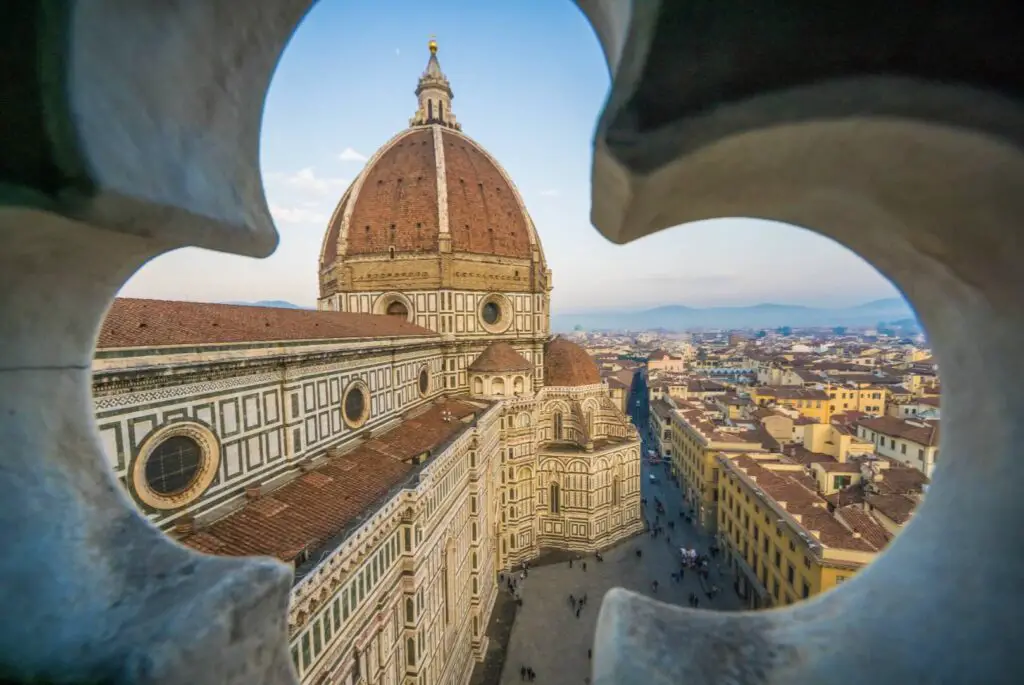
The Evolution of Styles
Humanism also significantly impacted Renaissance art’s styles, emphasizing realism, perspective, and human anatomy. Artists strove for greater realism in their depictions, moving away from the stylized, symbolic figures of the Middle Ages. They studied the human body intensively, seeking to understand its workings and portray it accurately. This dedication to realism is evident in Michelangelo’s sculptures and Raphael’s paintings, where the human form is rendered with meticulous detail and lifelike vitality.
The invention of linear perspective was another revolution, allowing artists to create the illusion of depth on a flat surface. This technique, pioneered by Filippo Brunelleschi and later refined by artists like Leonardo da Vinci, transformed the spatial dynamics of art. Paintings attained a new level of realism, drawing viewers into a convincingly three-dimensional world. The Last Supper by Leonardo da Vinci exemplifies mastery of perspective, with its intricate play of lines and spaces drawing the viewer’s gaze towards the central figure of Christ.
Furthermore, humanist influence led to a harmonious blending of science and art. Artists became scholars, studying anatomy, geometry, and physics to enhance their understanding of the world. This fusion of disciplines pushed art to new heights of creativity and precision, as seen in Leonardo da Vinci’s “Vitruvian Man”, a work that marries art and science in exploring human proportions.
The Renaissance was a pivotal era that reshaped art’s landscape, guided by the luminous principles of humanism. The movement inspired artists to turn their gaze towards humanity, exploring its virtues, complexities, and the natural world. Through the reinvigoration of classical themes and the advancement of artistic techniques, humanism influenced the subjects and styles of Renaissance art and laid the groundwork for modern artistic expression. Its legacy, a testament to the enduring power of human creativity and intellect, continues to inspire and illuminate the world of art.
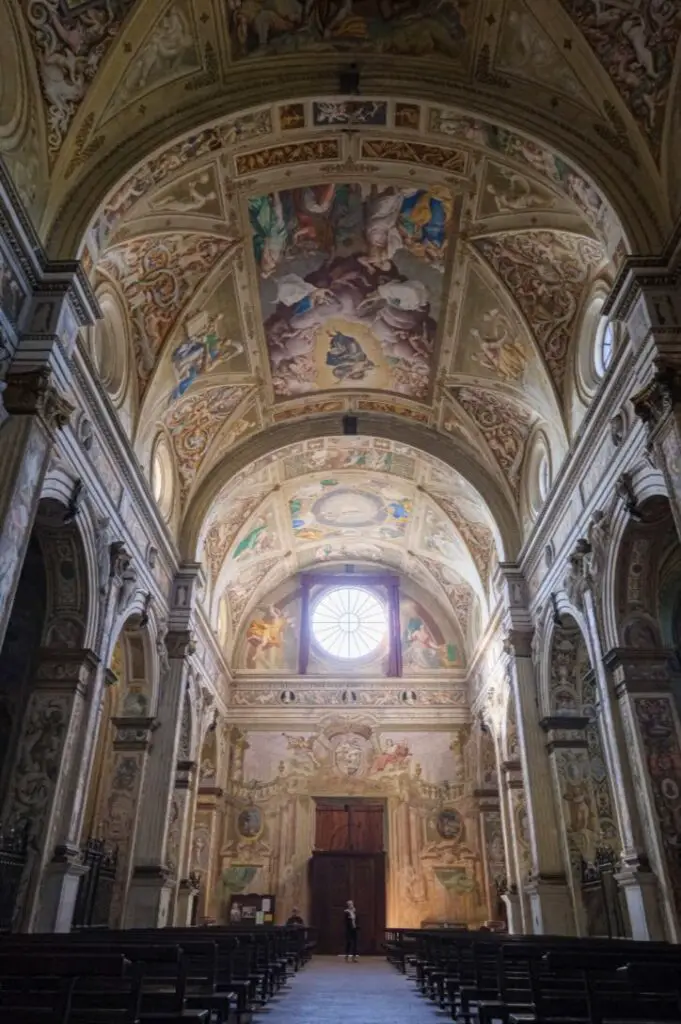
Innovation in Techniques and Materials
Continuing our journey through the Renaissance’s transformative innovations in art, we must delve into the groundbreaking technical advancements that reshaped artistic expression during this period. The Renaissance, a fertile epoch of rebirth in arts and sciences, witnessed a remarkable fusion of art with technological ingenuity, leading to an unprecedented evolution in creative methodologies. This convergence enhanced the aesthetic appeal of artworks and deepened the portrayal of the human experience, marking a significant departure from the stylized forms of the Middle Ages.
One of the most significant technical innovations of the Renaissance was the development of linear perspective. Masterminded by Filippo Brunelleschi and later expounded upon by Leon Battista Alberti, linear perspective revolutionized how artists conceived and depicted space. Based on mathematical principles, this technique allowed artists to create illusions of depth and volume on a flat surface, giving viewers a window into a realistic, three-dimensional world. The mastery of perspective is epitomized in Leonardo da Vinci’s “The Last Supper,” where the converging lines guide the viewer’s gaze to the central figure of Christ, creating a palpable sense of spatial depth and focus.
Another pivotal technical advancement was the enhancement of oil painting. Though oil paint was used as early as the 7th century, it was during the Renaissance that artists like Jan van Eyck perfected its use, achieving unprecedented clarity, detail, and vibrancy of color. The slow drying time of oil paints offered artists the flexibility to blend colors with precision, creating textures and luminous effects that were unattainable with the tempera paints previously used. This innovation is strikingly showcased in van Eyck’s “Arnolfini Portrait,” where the meticulous attention to detail and the rich, saturated colors bring the scene to life with striking realism.
Chiaroscuro and sfumato were landmark techniques developed during the Renaissance, primarily pioneered by Leonardo da Vinci. Using sharp contrasts between light and dark, Chiaroscuro added a dramatic intensity to compositions, sculpting the subjects with light and adding a three-dimensional quality. Sfumato, on the other hand, involved the subtle blending of colors and tones to achieve a smoky effect, erasing harsh outlines and creating a more lifelike portrayal of the human face and body. These techniques are masterfully used in da Vinci’s “Mona Lisa,” where the enigmatic expression and the atmospheric haze around the figure exemplify the artist’s skill in manipulating light and shadow.
Furthermore, the Renaissance period saw a significant advancement in printmaking, particularly in engraving and woodcut techniques. Artists like Albrecht Dürer elevated printmaking to a high art form, enabling the mass production of artworks. This democratized art made it accessible to a broader audience. It facilitated the spread of the Renaissance’s innovative ideas and styles beyond the borders of Italy to the rest of Europe.
Integrating these technological innovations into the art practice during the Renaissance did more than improve the visual characteristics of artworks; it transformed how artists understood and represented the world around them. By marrying the empirical observations of science with the creative expression of art, Renaissance artists not only mirrored the complexities of the human condition but also paved the way for future generations to explore new dimensions of artistic expression.
The legacy of these technical innovations continues to influence the realm of art, underscoring the enduring power of the Renaissance as a catalyst for change in how we perceive and depict our world.
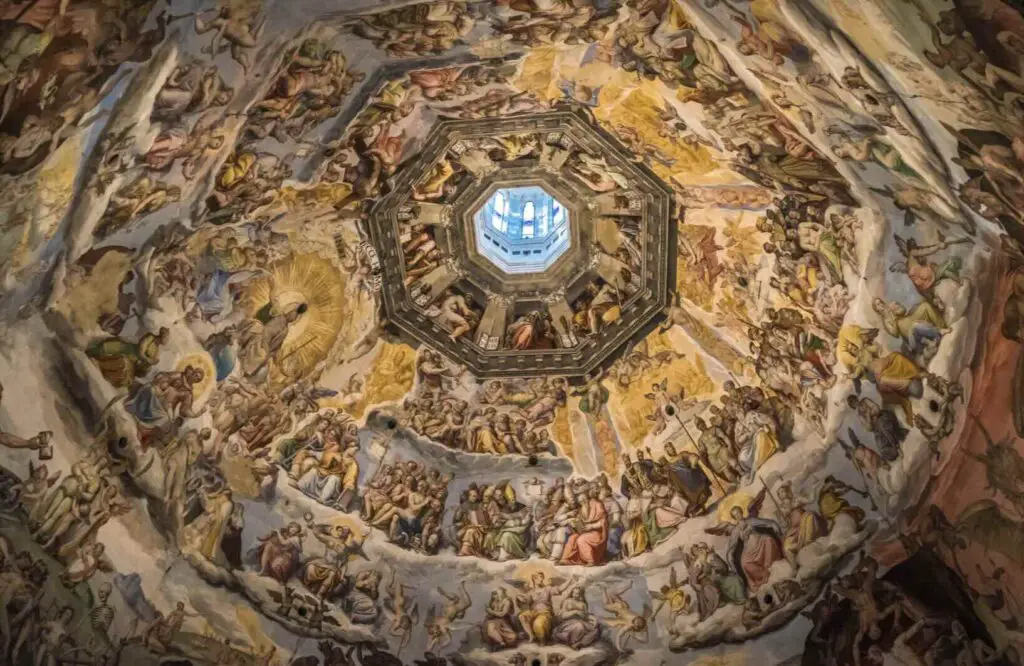
Patronage and Art
Delving further into the Renaissance’s artistic revolution, examining the role of patronage in shaping the era’s iconic art forms and thematic narratives becomes essential. Patronage, a system in which influential individuals or groups funded artists, was not merely a financial transaction but a profound relationship that left indelible marks on the Renaissance’s artistic landscape.
The patronage system during the Renaissance was multifaceted, involving various benefactors, including the Church, city-states, and affluent families, like the Medici of Florence. These patrons wielded their wealth and influence to commission artworks aligned with their tastes, political aspirations, or spiritual ideologies. This dynamic inevitably steered the thematic directions and production mechanisms of Renaissance art.
One of the most pronounced effects of patronage was the amplification of personalized themes in art. Patrons often sought to immortalize their status, ideologies, and personal narratives through commissioned artworks. As a result, portraiture became significantly popular during this period. Portraits of patrons, in full pomp and grandeur, adorned the walls of palaces and churches, serving as lasting testaments to their wealth and status. Additionally, these commissioned pieces often contained symbolic elements that reflected the patron’s virtues, achievements, or aspirations, further personalizing the art of the Renaissance.
Moreover, the patronage system facilitated the proliferation of non-religious themes in art. While religious motifs remained prevalent, the backing of secular patrons – who were less inclined toward ecclesiastical themes – bolstered the exploration of mythology, landscape, and daily life in art. This shift was not only a reflection of humanist influences but also of patrons’ desires to see their personal interests and secular narrative immortalized in art.
Patronage also had a direct impact on artistic innovation during the Renaissance. Patrons seeking to showcase their sophistication and power would often support artists who pushed the boundaries of traditional techniques and styles. This desire for uniqueness and excellence propelled advancements in oil painting, perspective, chiaroscuro, and sfumato as artists strove to meet their patrons’ demands for visually striking and innovative art. The drive to stand out among peers led to an environment ripe for artistic experimentation and technological integration, further enriching the era’s artistic output.
The engagement between patrons and artists was not without its complexities. Artists had to navigate the fine line between fulfilling their patrons’ visions and maintaining their creative integrity. This dynamic often led to works that were collaborations in the truest sense, amalgamating the artist’s skill and the patron’s vision into creations that stood as pinnacles of Renaissance art.
The impact of patronage on Renaissance art cannot be understated. It was a catalyst for personalization, innovation, and the diversification of themes in art. Patronage not only fueled the artistic endeavors of the time but also ensured that the fruits of these endeavors were preserved for posterity. The legacy of patronage is evident in the masterpieces of Renaissance art that continue to captivate and inspire, serving as enduring symbols of an era where art was profoundly intertwined with individual aspiration, creativity, and the pursuit of innovation.
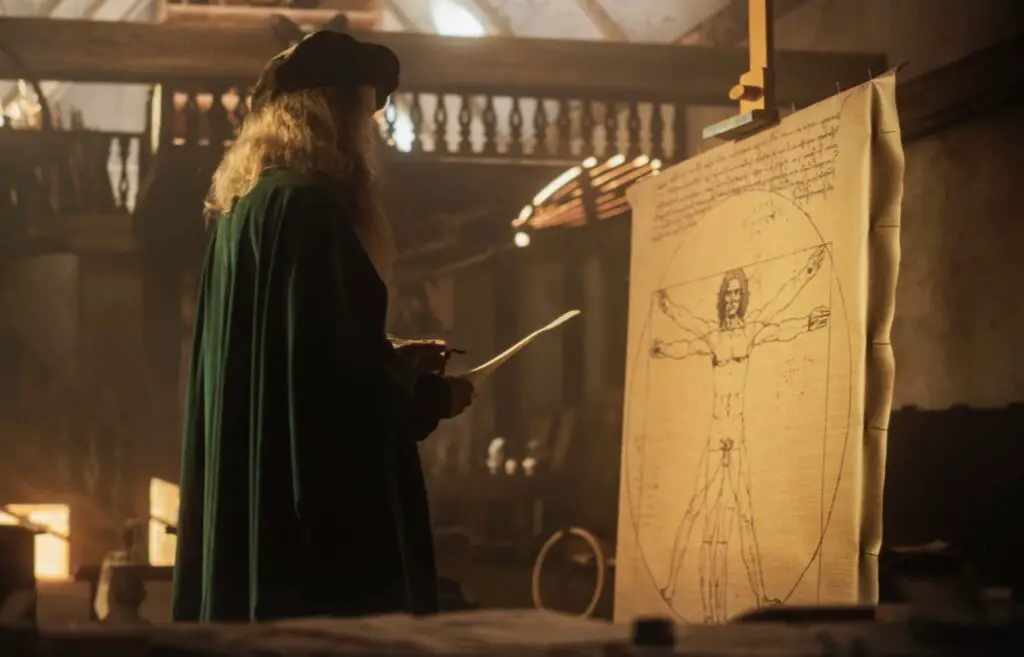
Through the lens of humanism, innovative techniques, the power of patronage, and the complexity of themes and symbolism, Renaissance art offered a mirror to the dynamic shifts of its time, reflecting a new understanding of the world and the place of humans within it.
As we delve deeper into these dimensions, it becomes clear that the art of the Renaissance did more than depict the surface of reality; it unlocked the door to the human soul, challenging viewers to see beyond the visible world. Therefore, Renaissance art’s legacy lies in its aesthetic brilliance and its ability to inspire a deeper exploration of our collective human experience, bridging the past and the future in a timeless narrative of creativity and discovery.
Anita Louise Art is dedicated to art education, great artists, and inspiring others to find and create their art. We love art that uplifts and inspires. #ArtToMakeYouSmile! #ArtToMakeYouHappy!
If you are interested in seeing any of my art, you can find out more by clicking here. If you are interested in what inspires me and my paintings, you can discover more by clicking here.
We have a free newsletter and would love you to be part of our community; you can subscribe to the newsletter by clicking here. If you have any questions, I would be happy to talk to you. You can reach me, Anita, by clicking here.
Subscribe to our Anita Louise Art YouTube Channel filled with great videos and information by clicking here.
Join us for our podcast “5 Minutes With Art.” Spend just 5 minutes a week with us to discover and learn about great art and artists. You can find out more about our podcast by clicking here.
Related Questions
How Was Leonardo da Vinci Able To Master So Many Different Professions?
Leonardo da Vinci is a man known to have had many different titles and professions during his lifetime. He was able to master this profession because he was a genius. But more than just being a genius, Leonardo is also self-educating and never stops learning. He had an insatiable amount of curiosity about all kinds of subjects.
By clicking here, you can learn more by reading How Was Leonardo da Vinci Able To Master So Many Different Professions?
What Can We Learn From Leonardo Da Vinci?
Leonardo da Vinci was a philosopher; being a philosopher means that you want to seek wisdom. Leonardo was one person who tried to seek knowledge or enlightenment in his life. Leonardo was an active observer and learner of the human body, human behavior, and nature.
By clicking here, you can learn more by reading What Can We Learn From Leonardo Da Vinci?
Was Leonardo da Vinci A Philosopher?
Leonardo da Vinci was a philosopher; being a philosopher means that you want to seek wisdom. Leonardo was one person who tried to seek knowledge or enlightenment in his life. Leonardo was an active observer and learner of the human body, human behavior, and nature.
By clicking here, you can learn more by reading Was Leonardo da Vinci A Philosopher?

